Voice of Cards: leave it to Taro Yoko to release a new text adventure in 2021
At this point, Nier creator Taro Yoko’s name being attached to a project is enough to get me to pay at least a passing interest. The man is a genuine visionary who is fascinated with the idea of exploring video games as art — and how the medium can be used to delve into all manner of interesting themes in an interactive, often unusual sort of way.
So when his new game Voice of Cards: The Isle Dragon Roars was revealed to be a heavily abstract sort of affair based primarily around concepts of tabletop roleplaying and card games — a stark contrast to the spectacular, somewhat cinematic action of the Nier games — my response was not “WTF” but rather “yep, that sounds about right”. And, rather pleasingly, after some details about the game were revealed in the September 2021 Nintendo Direct, a playable demo was immediately made available so we could all see what it’s all about.
So let’s take a closer look, shall we?
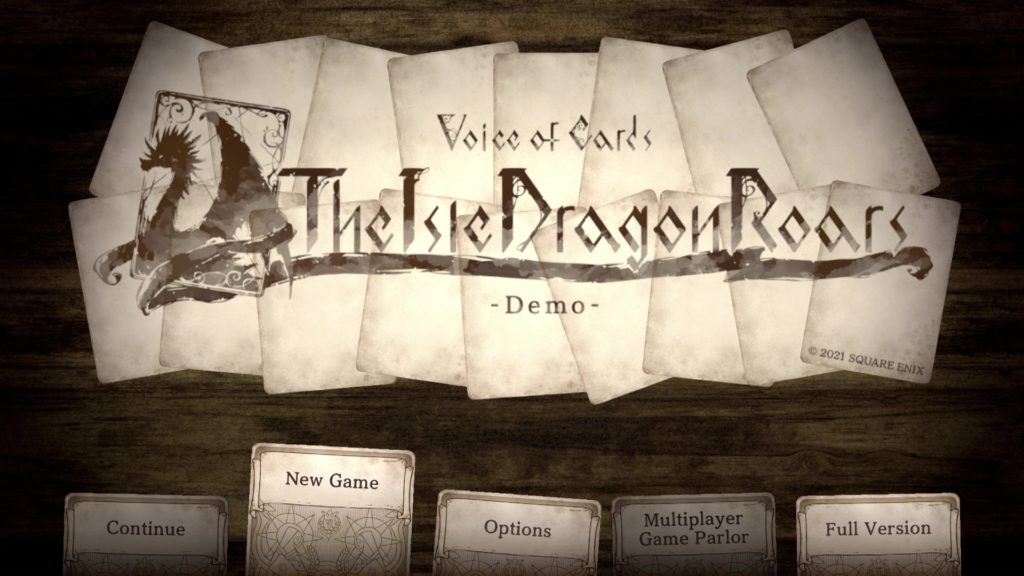
Voice of Cards (as we shall refer to it hereafter) begins by addressing you, the player, directly. The game introduces himself (for it is indeed a “he” in both the Japanese dialogue and English dub) as the Game Master, and explains that he will be “drawing you into this world with [his] voice and cards”. He also insists that you play with the sound on, but notes that his voice is subtitled by default for those who remain stubbornly resistant to such requests.
Immediately, the game demonstrates a solid understanding of what the Game Master’s role in a tabletop roleplaying game is. While there are exceptions, most tabletop RPGs place the Game Master in the role of an omniscient, omnipotent observer — or, as Voice of Cards puts it, “merely a witness to your exploits”. The Game Master isn’t necessarily the opponent of the player characters, but they are the one who places challenges along the players’ path — and the one who crafts the overall story and setting of the game as a whole.
Voice of Cards’ campaign begins on the Isle of Bliss, where a fellowship of three white-clad warriors are having an audience with the local queen. The warriors are members of the Ivory Order, a group that prides itself on travelling the lands, dealing with problems and also distributing medical aid and supplies to where it is needed. Proper do-gooder heroes, in other words — a thoroughly traditional setup for a classic tabletop roleplaying campaign.
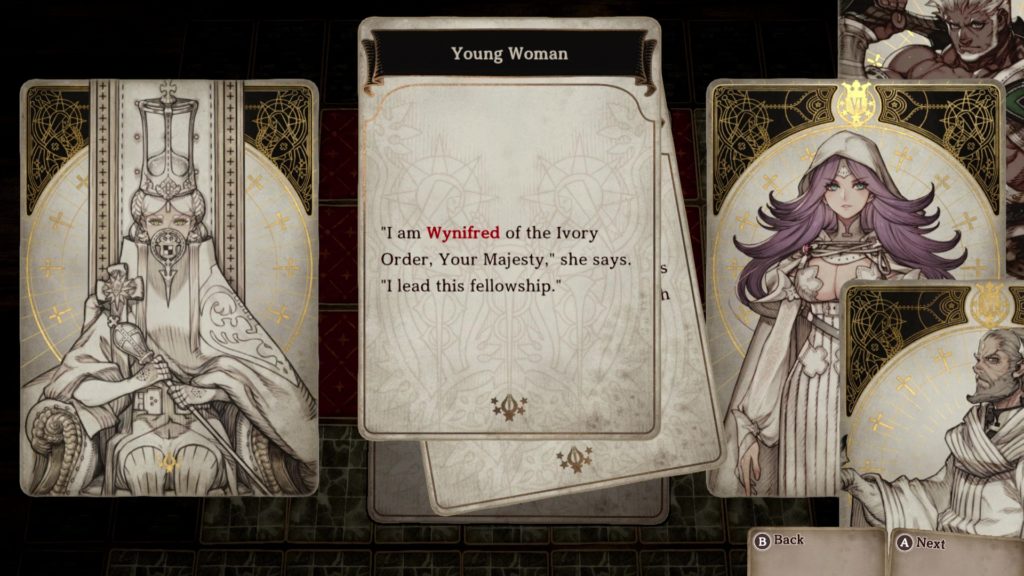
What will immediately strike you from the moment Voice of Cards begins is the fact that it remains absolutely committed to the tabletop “bit”. Everything is represented visually as cards, and all of both the narration and dialogue is delivered by the Game Master’s voice. Very little is depicted literally, with the game instead encouraging players to use their imagination to picture what is going on using simple visual cues rather than explicit representations of the action.
This goes for exploration, too; Voice of Cards’ game world is represented as a huge arrangement of face-down cards on the “table”, and exploring involves moving your game piece from one card to the next, then flipping over all the adjacent ones to reveal what your possible next steps are. While out in the world, most of the cards will be terrain, but occasionally you’ll stumble across chests with treasure in, and various predefined locations such as towns and special events are placed at specific points on the map.
As you wander around, you’ll occasionally encounter events and monster attacks, both intended to evoke the feeling of the Game Master rolling dice behind the scenes to trigger various encounters along the way. Events tend to offer you a choice of actions to take in a particular situation and sometimes require a special item to “complete”, while monster attacks are straightforward battle sequences.
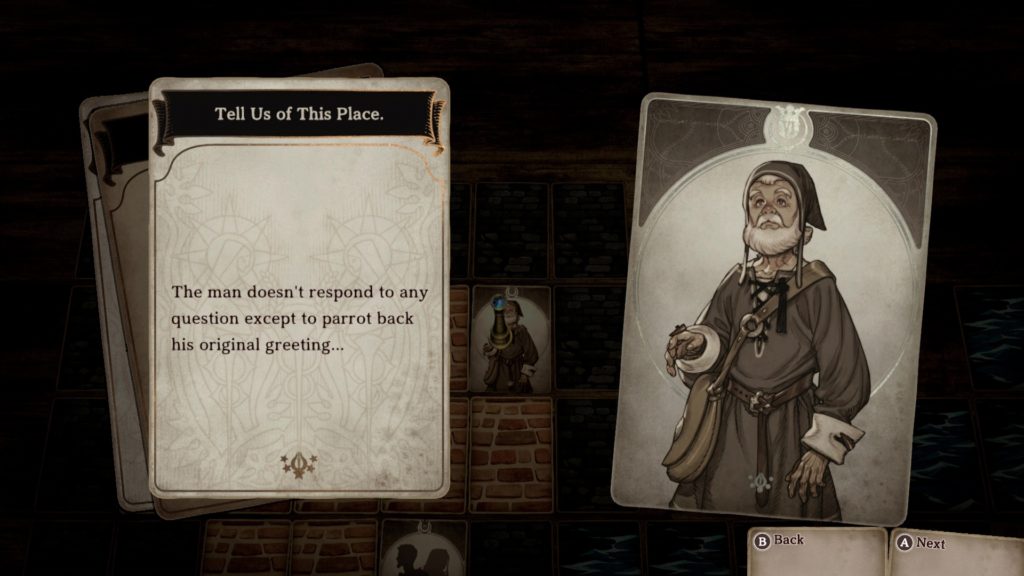
What you’ll notice before long is that despite the abstract presentation, the actual game structure of Voice of Cards is very similar to classic top-down 2D role-playing games such as the Final Fantasy series. Explore region, fight monsters as you’re doing so, trigger event, continue, repeat. The difference, as noted above, is that anything interesting that happens is delivered through narration and static imagery rather than cutscenes that make things explicit.
Voice of Cards’ combat unfolds in the style of a tabletop card game. Each of the three characters in your party has a hand of cards (which grows as they level up) and on their turn they can play one of them or pass their turn. All three characters have a basic attack and special abilities that cost gems to perform; each battle begins with two gems in stock, and an additional gem is created after taking any action, so by using basic attacks or abilities that create additional gems you can effectively “charge up” more powerful abilities.
Attacks are overtly based on the attack and defence stats that appear in the corners of each card, so you can usually calculate how likely you are to defeat an enemy with any given ability. Some cards do require that you roll a six-sided die to determine part of the damage equation, however, so it’s not just a matter of doing the maths. Not only that, but there are the usual elemental affinities to contend with, allowing you to deal additional damage to foes if you pick the right element ability to hit them with.
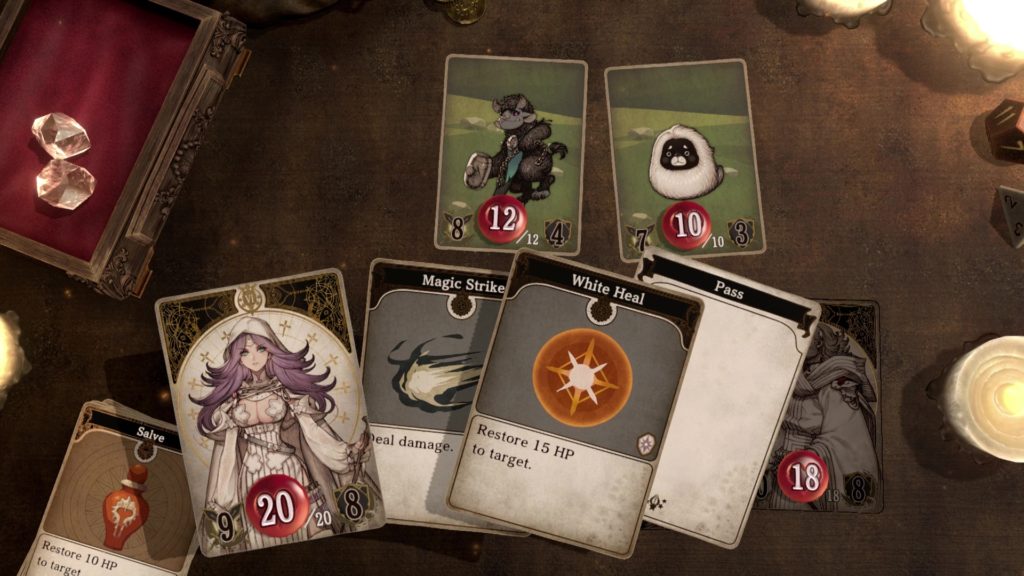
Rather pleasingly, to maintain the whole “tabletop game” illusion, any time combat occurs in Voice of Cards, a nice wooden tray containing the cards, dice and gems is slid into place atop the main game board; our Game Master really is prepared for everything. He even adjusts the lighting and background music at appropriate junctures in the story.
As well as exploring and fighting, there’s also a separate card game you can play using more conventional numbered and suited cards. This involves making sets of two or three matching numbers, or straights of three numbers. You can only have three sets on the go at once, so your score is the total numerical value of these three sets — though if you create another set, you can then choose which to discard in order to maximise your points value.
As you progress, additional rules are added to this card game to make it more interesting, and it can even be played multiplayer — it’s a simple but fun diversion that will almost certainly become a highly addictive part of Voice of Cards’ full release.
Voice of Cards isn’t the first time a console RPG has attempted to evoke the feeling of tabletop roleplaying in such a literal manner. In 2012, Crimson Shroud from Level-5 was released for 3DS, providing a classic tabletop-style experience in handheld form. And as far back as 2002, Unlimited Saga for PlayStation 2 was very much a blend of classic tabletop gaming with some of the conventions of video games — though it’s fair to say from the latter’s miserable critical reception at the time that the world wasn’t quite ready for that sort of thing in 2002.
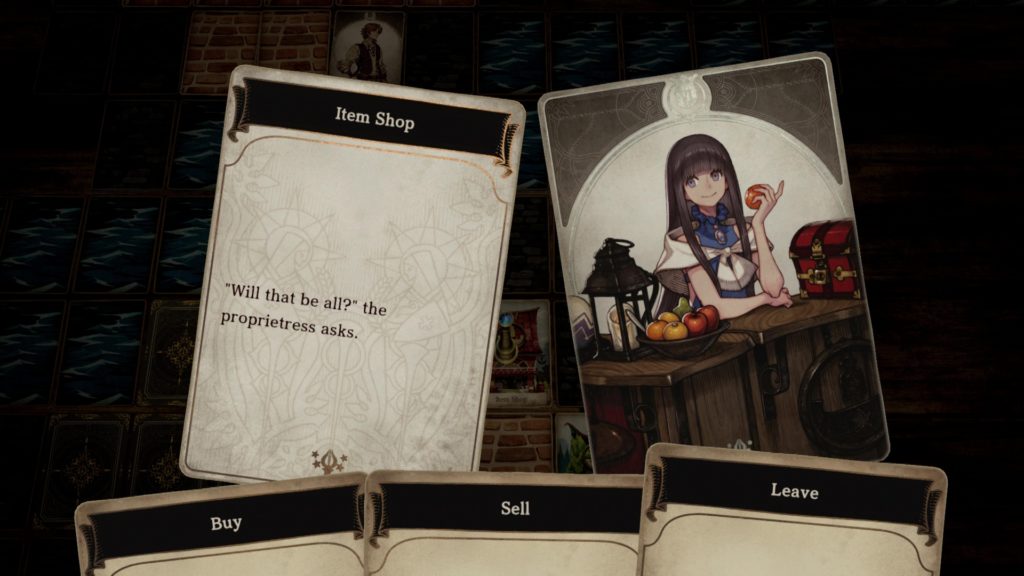
It’s still an incredibly ballsy move to release what essentially amounts to a voiced text adventure (with just one voice, to boot) in 2021, but on the whole the world is more open to this sort of creative, interesting experience these days. Many parts of the gaming community are tired of the excesses of triple-A gaming, and games like Voice of Cards provide an incentive to fire up the ol’ imagination and use your brain a bit rather than having everything spoon-fed to you through lovingly crafted, supposedly photorealistic cutscenes.
It’s a game that remembers it’s a game rather than trying to be an interactive movie — and judging by this initial demo, it does a great job of being entertaining as a result.
None of this is to say that Voice of Cards is in any way an ugly game, either; the art on the cards is absolutely beautiful, with some spectacular character designs by Drakengard and Nier Replicant character designer Kimihiko Fujisaka. The soundtrack, too, composed by Yoko’s frequent collaborator Keiichi Okabe, is absolutely beautiful, full of emotion and highly evocative as always. And both the writing and its vocal delivery in both Japanese and English is involving, enjoyable and oddly intimate; this is a game I can see being particularly effective and immersive if played handheld on the Switch, in the dark, with a nice pair of headphones on.
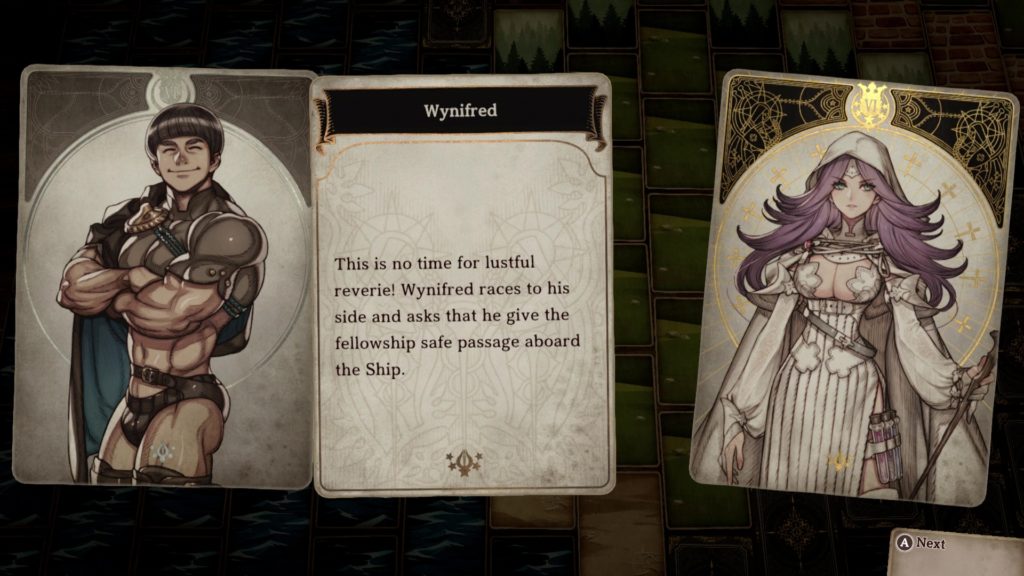
Voice of Cards doubtless won’t be for everyone. And that’s good; games that are supposedly “for everyone” are inevitably quite boring as a result. Here, Yoko and his team have a clear creative vision of what they want to achieve — and the end result will, in all likelihood, end up being something rather special. And we don’t have too long to wait to find out quite how special, either; Voice of Cards is set to release for Nintendo Switch, PlayStation 4 and Steam on October 28, 2021.
Join The Discussion
Rice Digital Discord
Rice Digital Twitter
Rice Digital Facebook
Or write us a letter for the Rice Digital Friday Letters Page by clicking here!
Disclosure: Some links in this article may be affiliate links, which means we may earn a small commission if you make a purchase after clicking on them. This is at no additional cost to you and helps support Rice Digital!
- Letter from the Editor: passing the torch - June 30, 2023
- Super Woden GP 2 is looking promising - June 30, 2023
- Inti Creates is making a 32 bit-style Love Live action platformer - June 26, 2023






